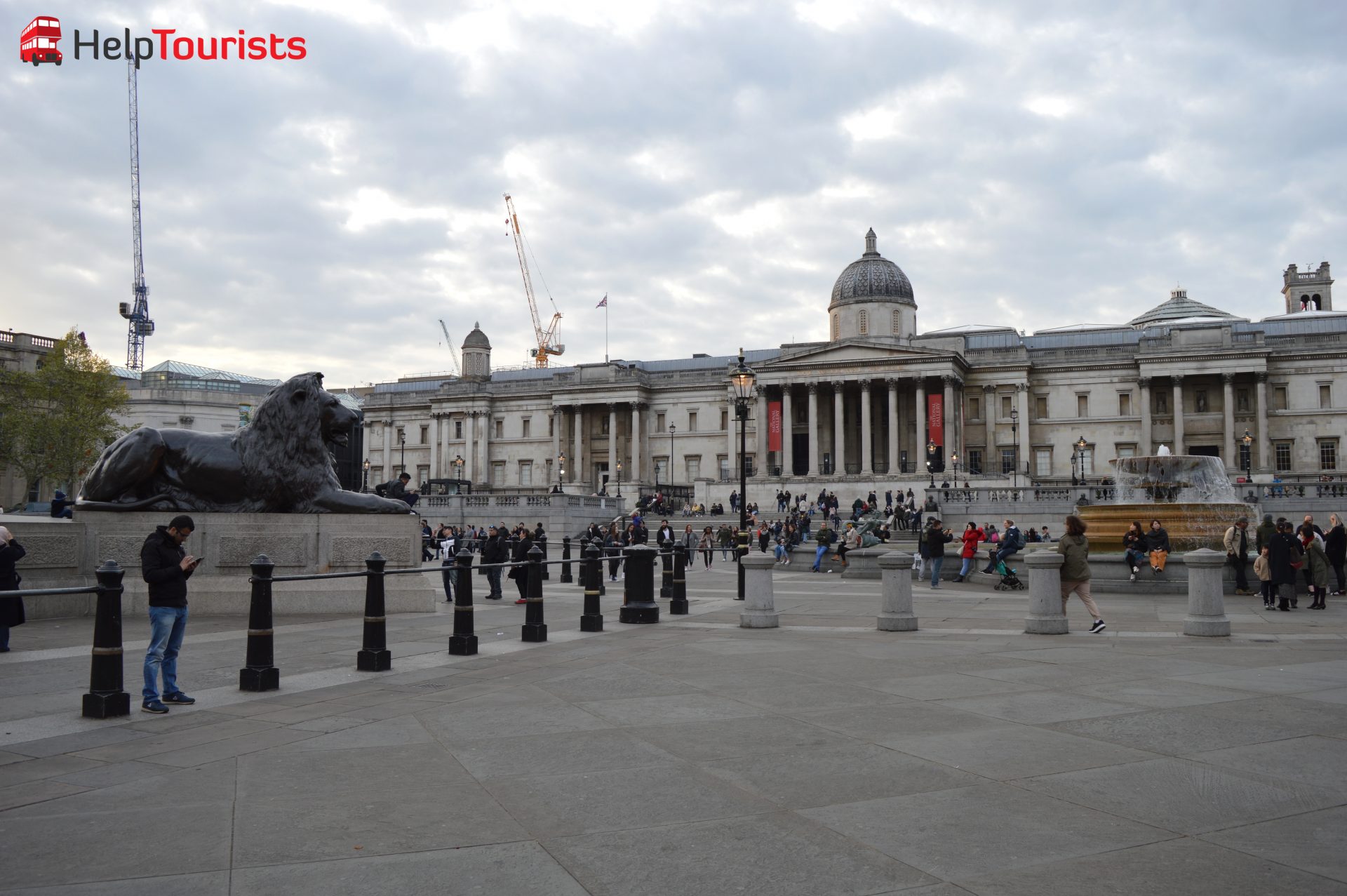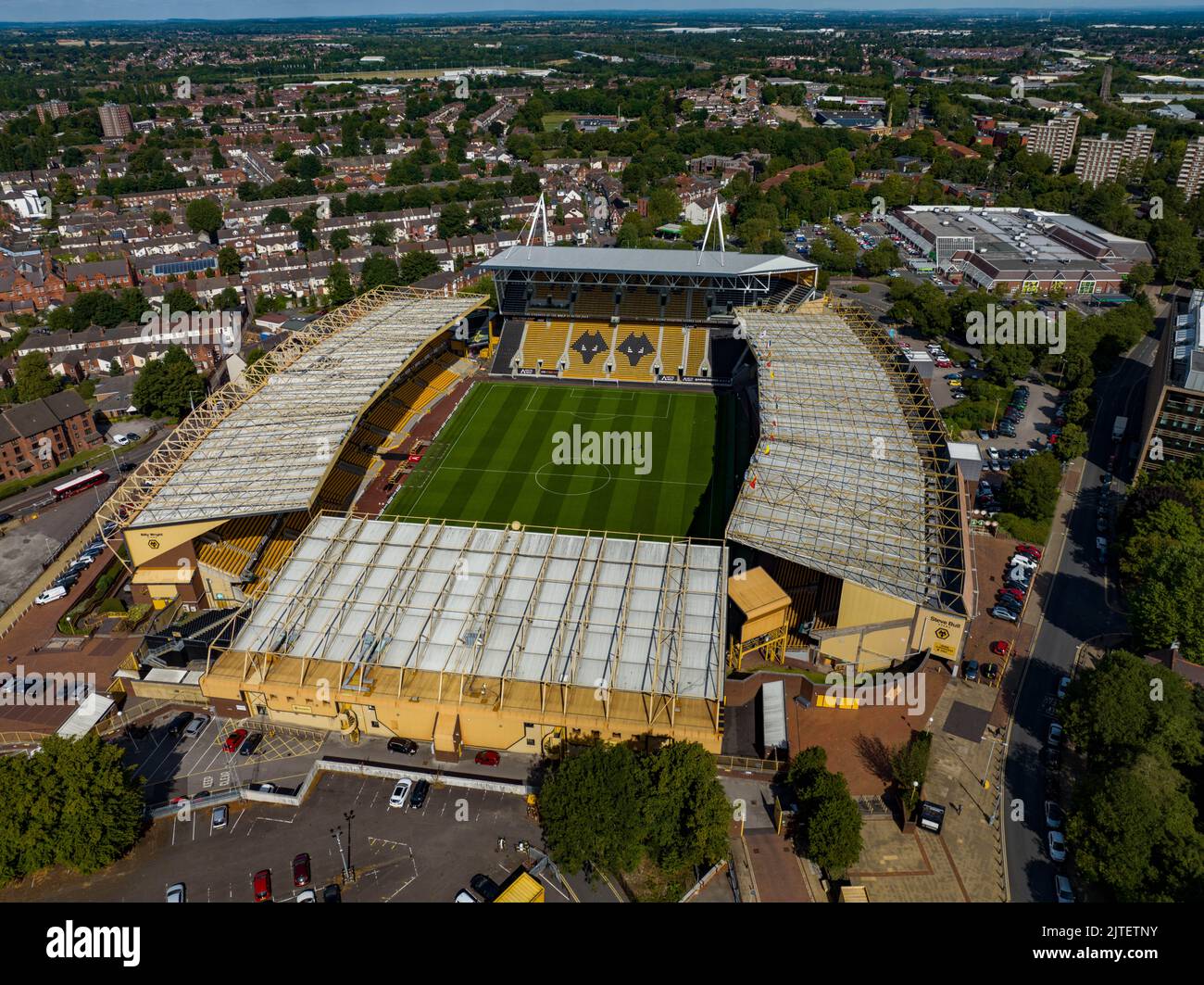
Introduction to Trafalgar Square
Trafalgar Square is more than just a central location in London; it is a symbol of the city’s rich history and vibrant culture. Established in the 19th century, the square commemorates the Battle of Trafalgar, where the British fleet achieved a pivotal victory against the Spanish and French navies during the Napoleonic Wars. Today, it serves as a gathering point for locals and tourists alike and is crucial for various public celebrations and demonstrations.
Historical Significance
Trafalgar Square was designed in the early 1800s on the instructions of King George IV and features the prominent Nelson’s Column, which stands at 169 feet tall, honouring Admiral Horatio Nelson. The square is also home to several other significant monuments and fountains, as well as the National Gallery, one of the UK’s most important art museums. Its architecture and layout reflect London’s grandeur and serve as a backdrop for numerous events, including New Year’s celebrations and protests.
Current Events and Cultural Importance
In recent years, Trafalgar Square has been the focal point for numerous events, marking everything from international sporting victories to global protests. Following the COVID-19 pandemic, the square has become a symbol of resilience and community spirit in London. The vibrant landscape is enhanced by the presence of street performers, pop-up markets, and community art projects, fostering a lively atmosphere that attracts millions of visitors each year.
Conclusion: A Living Landmark
Trafalgar Square stands as a living testament to both London’s historical significance and its ongoing relevance in modern society. It represents not only commemorative history but also the dynamic nature of cultural expression and civic engagement. As we move forward, its role as a public space will likely evolve, continuing to reflect the pulse of London and its people. For both residents and newcomers, Trafalgar Square remains an essential destination, a place where the city’s past and present converge.
You may also like

Exploring Monmouth: History, Attractions and Community

Exploring Wolverhampton: A Gateway to Culture and History
